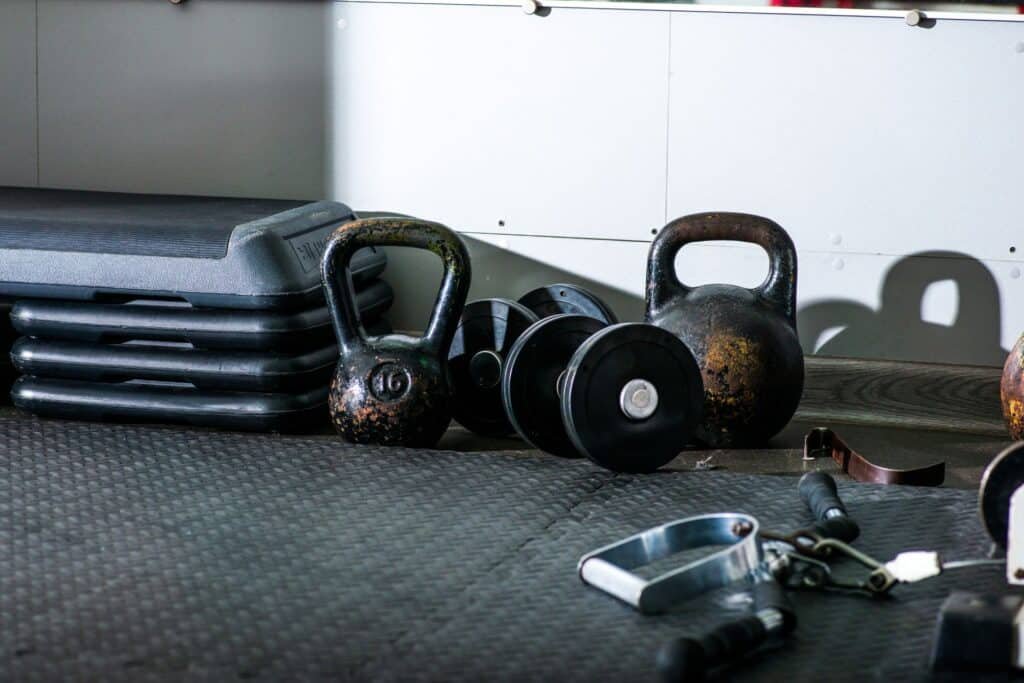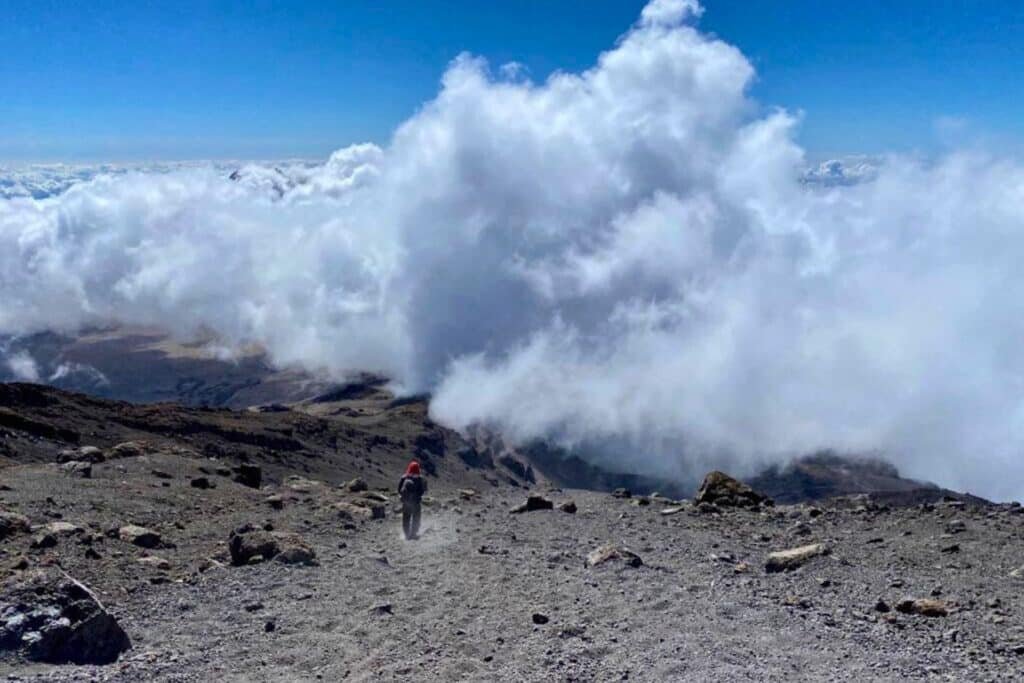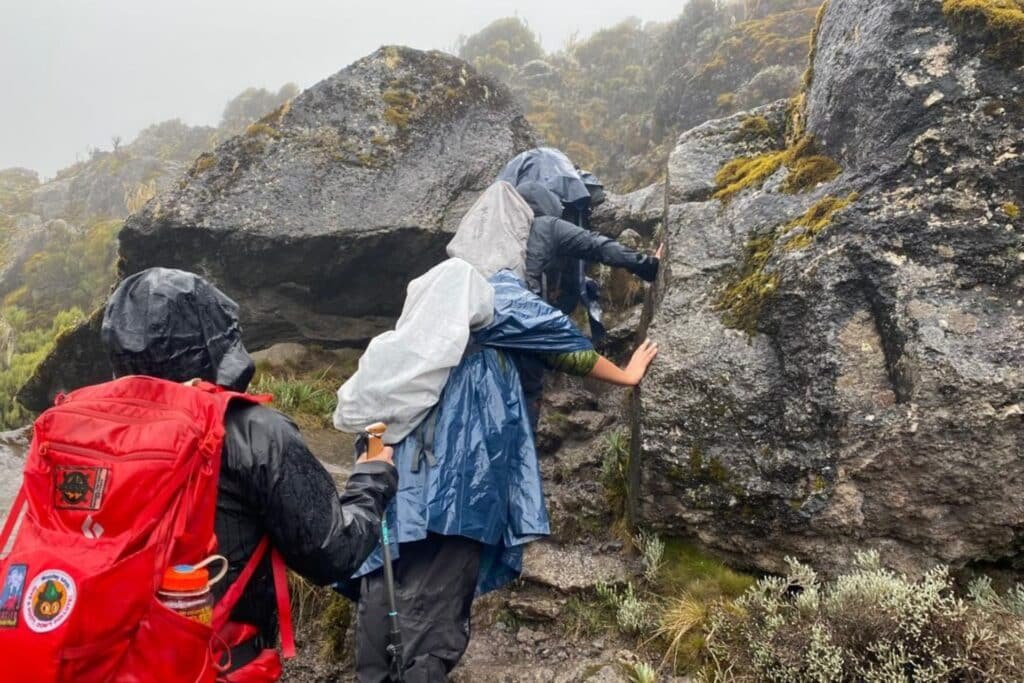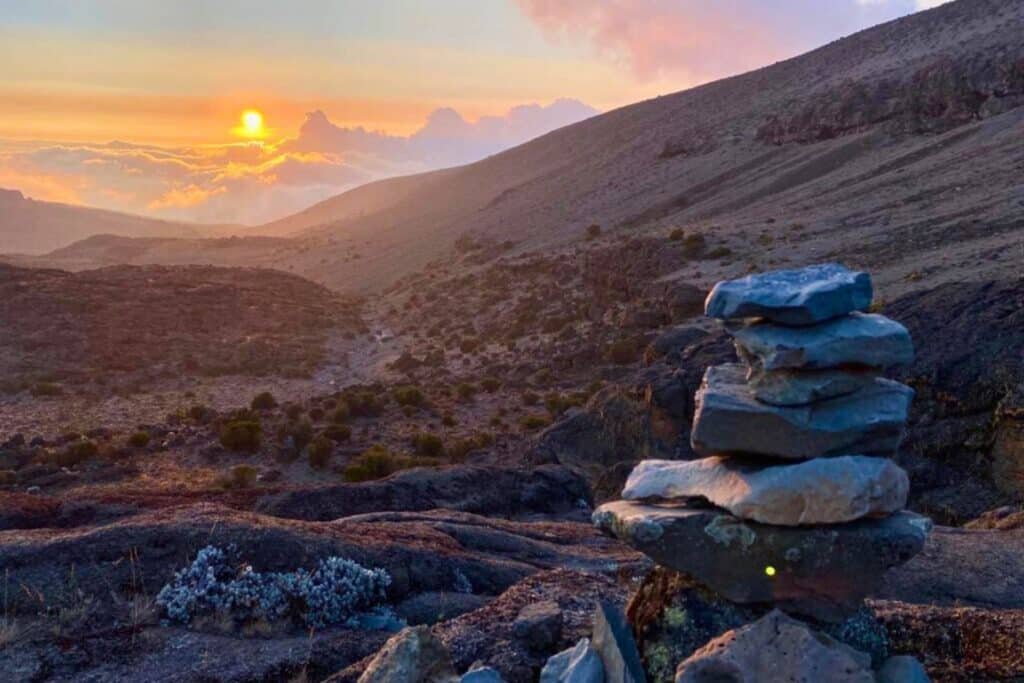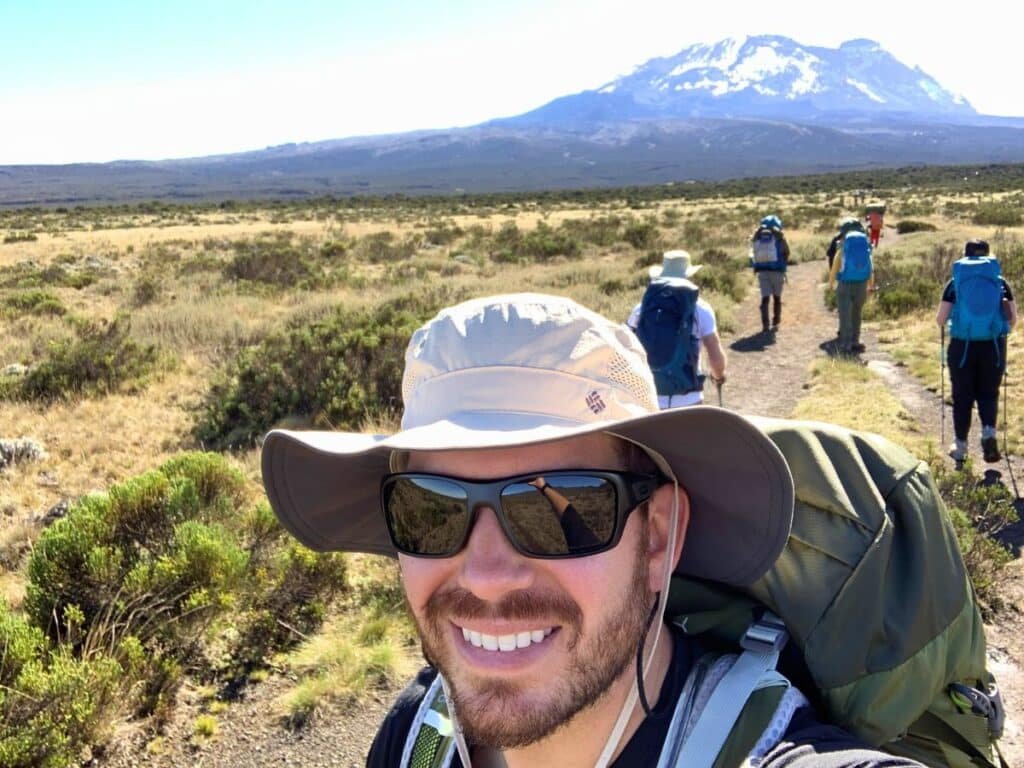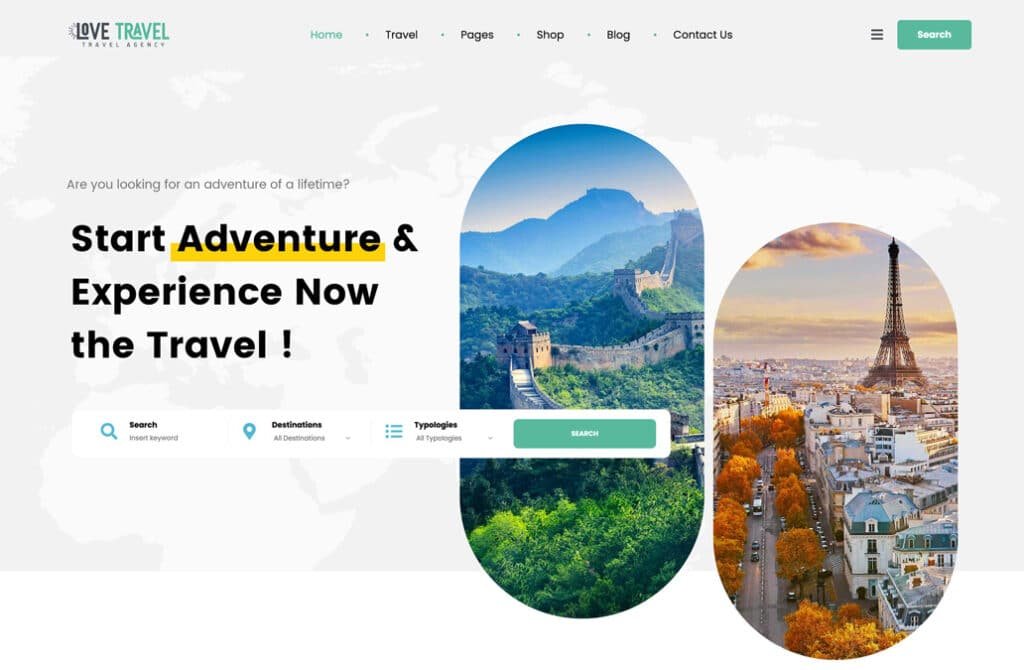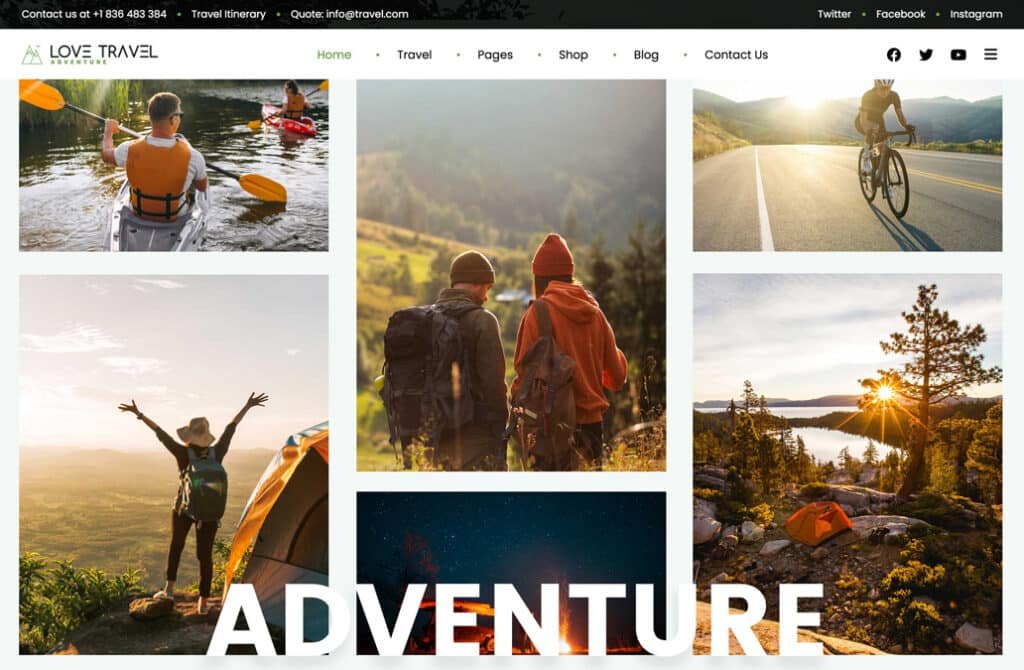Climbing Mount Kilimanjaro is a physical and mental challenge, pushing trekkers to their limits. Proper training is essential to build the endurance, strength, and resilience needed to reach the summit successfully.
Kilimanjaro’s high altitude, steep inclines, and varied terrain require more than just basic fitness. The trek involves long hours of hiking, carrying a daypack, and navigating rocky trails, scree, and potential snow near the summit. To increase your chances of success, a structured training plan is key.
Assessing Your Fitness for Kilimanjaro
What does it take to climb Kilimanjaro?
Expect to hike 5 to 10 hours per day, tackling steep inclines, uneven terrain, and unpredictable conditions. Climbers must be comfortable walking for long durations, managing altitude changes, and carrying a daypack throughout the journey.
💪 Physical Demands
🔹Endurance – The trek is a multi-day challenge, requiring sustained energy output.
🔹Strength – Steep ascents and rough terrain demand leg and core strength.
🔹Balance & Stability – Rocky trails and shifting scree require ankle stability.
🔹Flexibility – Helps prevent injuries and improves comfort during long hikes.
Building fitness before your trek ensures a safer, more enjoyable Kilimanjaro experience.
When to Start Your Kilimanjaro Training Program
Starting 3 to 6 months before your climb allows for progressive improvement in stamina, strength, and hiking ability.
Early Preparation Helps You:
✔️ Increase endurance gradually to handle multi-hour hikes.
✔️ Train with your gear: Break in hiking boots and adjust to your backpack weight.
✔️ Simulate Kilimanjaro conditions: If possible, hike in hilly or uneven terrain to prepare for the mountain’s challenges.
The more time you dedicate to training, the likely the higher your chances will be of a successful and enjoyable summit.

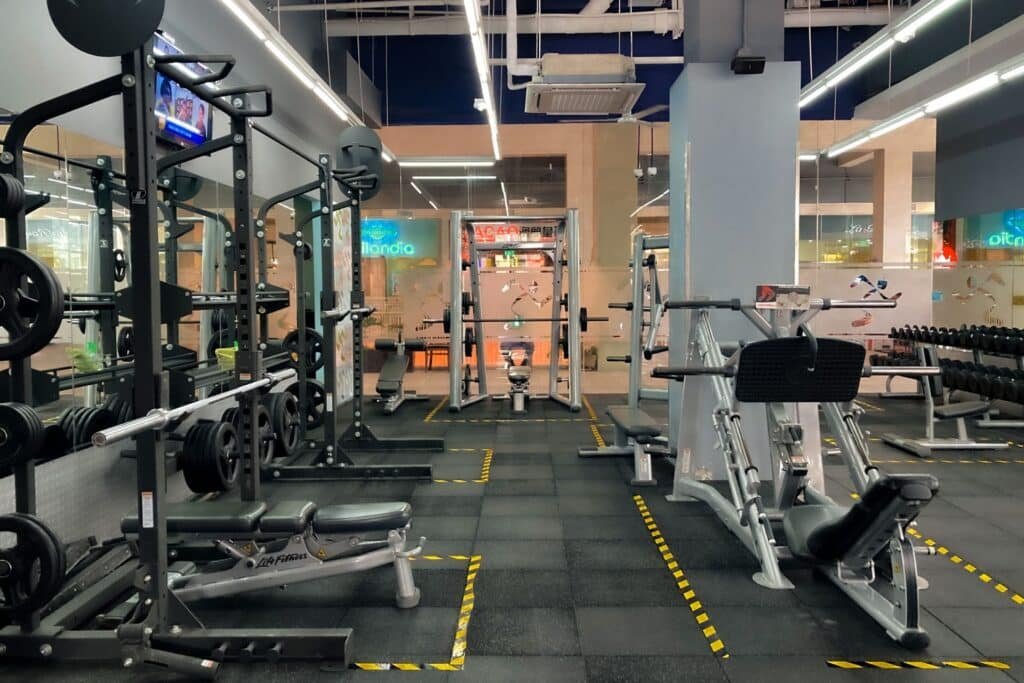
Kilimanjaro Training: The Best Exercises to Prepare for Your Climb
A successful Kilimanjaro climb requires more than just basic fitness—it demands a well-rounded training program that improves strength, endurance, and cardiovascular capacity.
To increase your chances of reaching the summit, focus on four key training components:
✔️ Strength Training – Builds muscle endurance for long treks.
✔️ Aerobic Training – Improves oxygen efficiency at high altitudes.
✔️ Cardiovascular Conditioning – Strengthens the heart and lungs for sustained effort.
✔️ Hiking Practice – Simulates the real conditions of Kilimanjaro.
A combination of these exercises will help you handle the demands of summit day with confidence.
🏋️♂️ Strength Training: Building Endurance for Long Treks
Why it matters: Kilimanjaro’s steep ascents, rocky trails, and long hours of hiking require strong legs and a stable core.
Best Strength Exercises for Kilimanjaro Training:
✔️ Lunges & Step-Ups – Strengthen quads, hamstrings, and glutes for uphill climbing.
✔️ Squats – Build leg endurance for prolonged trekking.
✔️ Wall Sits – Improve muscle endurance in your lower body.
✔️ Planks & Core Workouts – Enhance stability and balance on uneven terrain.
Focus on full-body exercises over isolated training to prevent muscle imbalances and injuries.
🔍 Kili Facts to Impress Your Friends
Kilimanjaro has its own weather system, creating microclimates ranging from tropical rainforest to arctic ice cap—all within a single trek.
🏃 Aerobic & Cardiovascular Training: Boosting Stamina & Oxygen Efficiency
Why it matters: At high altitudes, the air is thinner, making oxygen efficiency critical. Strong cardiovascular fitness helps your body adapt to reduced oxygen levels on Kilimanjaro.
Best Aerobic & Cardio Workouts for Kilimanjaro:
✔️ Stair Climbing & Incline Walking – Mimics the uphill nature of the climb.
✔️ High-Intensity Interval Training (HIIT) – Builds endurance & strength quickly.
✔️ Cycling & Rowing – Low-impact ways to improve lung capacity.
✔️ Running or Brisk Walking – Strengthens heart and lungs for sustained effort.
Train at least 3-4 times a week, with longer endurance sessions on weekends.
🥾 Hiking: The Most Important Training for Kilimanjaro
There’s no substitute for real hiking experience when preparing for Kilimanjaro. Training on uneven, steep, and rocky terrain will condition your legs, lungs, and mind for the challenges ahead.
How to Train with Hikes:
✔️ Carry a weighted backpack to simulate your gear load.
✔️ Choose routes with steep inclines & varied terrain.
✔️ Increase hike duration over time to build stamina.
Aim for at least one long hike per week, gradually increasing difficulty.
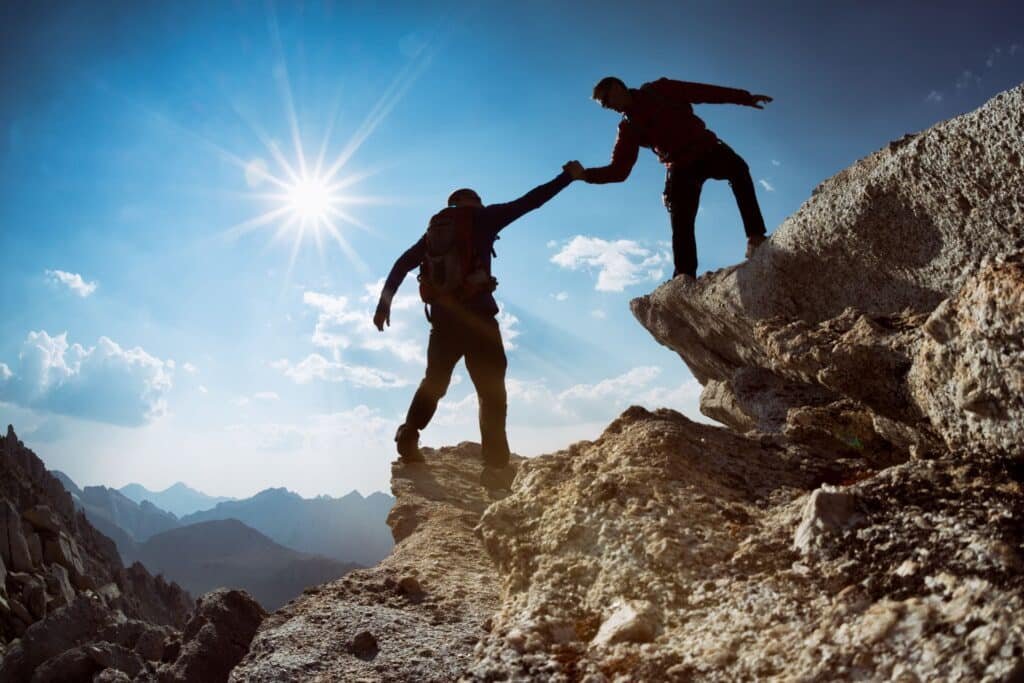
Training Hikes: Preparing Your Body for Kilimanjaro’s Terrain
Nothing prepares you better for climbing Kilimanjaro than training hikes that mimic the actual conditions of the trek. The goal is to gradually build endurance, strength, and confidence while getting used to long hours on your feet.
Best Practices for Training Hikes
✔️ Increase difficulty over time – Start with short hikes and build up to longer, steeper routes.
✔️ Train on different terrains – Practice on rocky trails, inclines, and uneven ground.
✔️ Simulate real conditions – Carry a daypack with similar weight to what you’ll bring on Kilimanjaro.
✔️ Use trekking poles – Get comfortable with them before the climb.
If you don’t have access to hiking trails, stair climbing or a StairMaster can help—but real hiking is best!
Training Gear: Test It Before the Climb
Wearing and testing the right gear during training ensures comfort and prevents issues on the mountain.
Essential Gear to Break In:
✔️ Hiking Boots – Wear them on all training hikes to prevent blisters.
✔️ Backpack – Adjust straps and train with the weight you’ll carry on Kilimanjaro.
✔️ Clothing Layers – Test base layers, waterproof gear, and insulation to ensure comfort.
✔️ Trekking Poles – Get used to using them on uphill and downhill sections.
Uncomfortable gear can ruin your climb—train with the exact items you’ll take to Kilimanjaro!
🧘 Stretching & Flexibility: Injury Prevention for Long Hikes
Regular stretching helps prevent injuries, improves flexibility, and aids muscle recovery—all crucial for long, demanding treks.
Effective Stretching Routine:
✔️ Warm up first – Light movement before stretching prepares muscles.
✔️ Hold stretches gently – 10-20 seconds per stretch without bouncing.
✔️ Target key muscle groups – Focus on legs, lower back, and shoulders.
✔️ Stretch after hikes – Helps reduce soreness and improve flexibility.
Incorporate stretching into your daily routine—it also helps with stress management and focus!
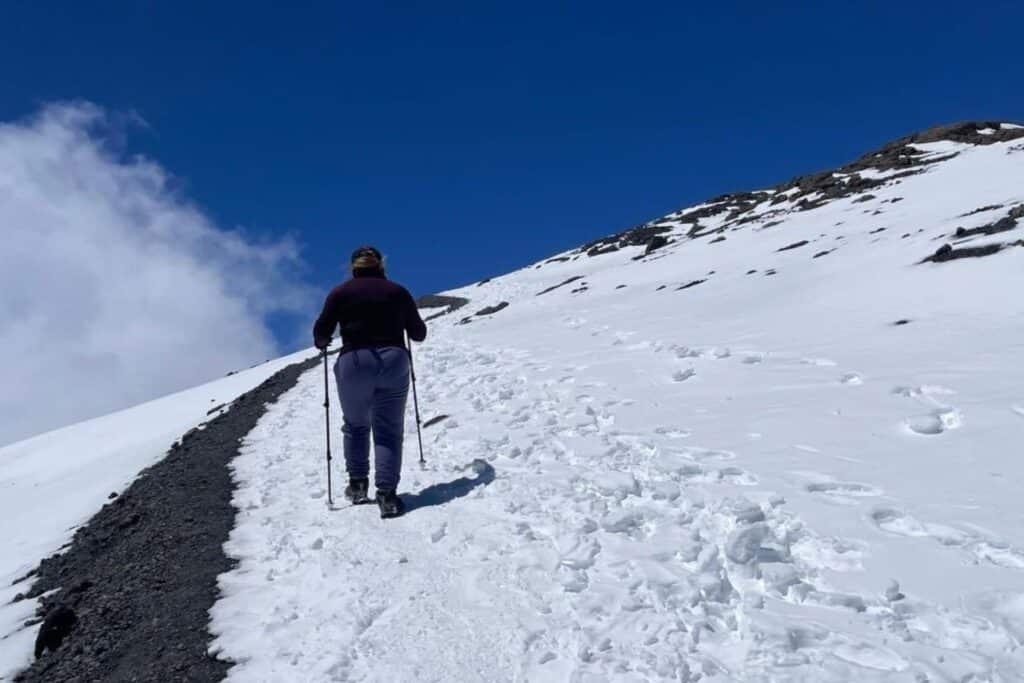
Maintaining Motivation: Staying Committed to Your Kilimanjaro Training
Training for Kilimanjaro is a marathon, not a sprint—and staying motivated is just as important as physical preparation. Consistency is key, and finding ways to keep your energy and excitement high will make training more enjoyable and effective.
Top Strategies to Stay Motivated
✔️ Train with others – Join a hiking group or train with your climbing partners for accountability.
✔️ Visualize summit success – Picture yourself standing at Uhuru Peak, feeling the achievement and excitement.
✔️ Remind yourself why you’re doing this – Whether it’s for personal growth, adventure, or a lifelong dream, keep your goal in mind.
✔️ Track progress – Use a training log or app to see how far you’ve come.
💡 Training as a team makes the journey easier, more fun, and more rewarding!
Final Tips for Kilimanjaro Training Success
✅ Train with your gear – Boots, backpack, etc.
✅ Simulate real conditions (if possible) – Elevation gain, weighted pack, and long-distance treks.
✅ Increase difficulty over time – Add weight, duration, and incline weekly.
✅ Listen to your body – Rest when needed, and avoid overtraining.
✅ Stay hydrated & eat well – Fuel your body for peak performance.
Training for Mount Kilimanjaro is not just about getting fit—it’s about embracing the journey, building resilience, and preparing for one of the most rewarding experiences of your life.
At GO2KILI, we’re here to guide you every step of the way—from training to trekking.
Are you ready to take on Kilimanjaro? Let’s make it happen!

